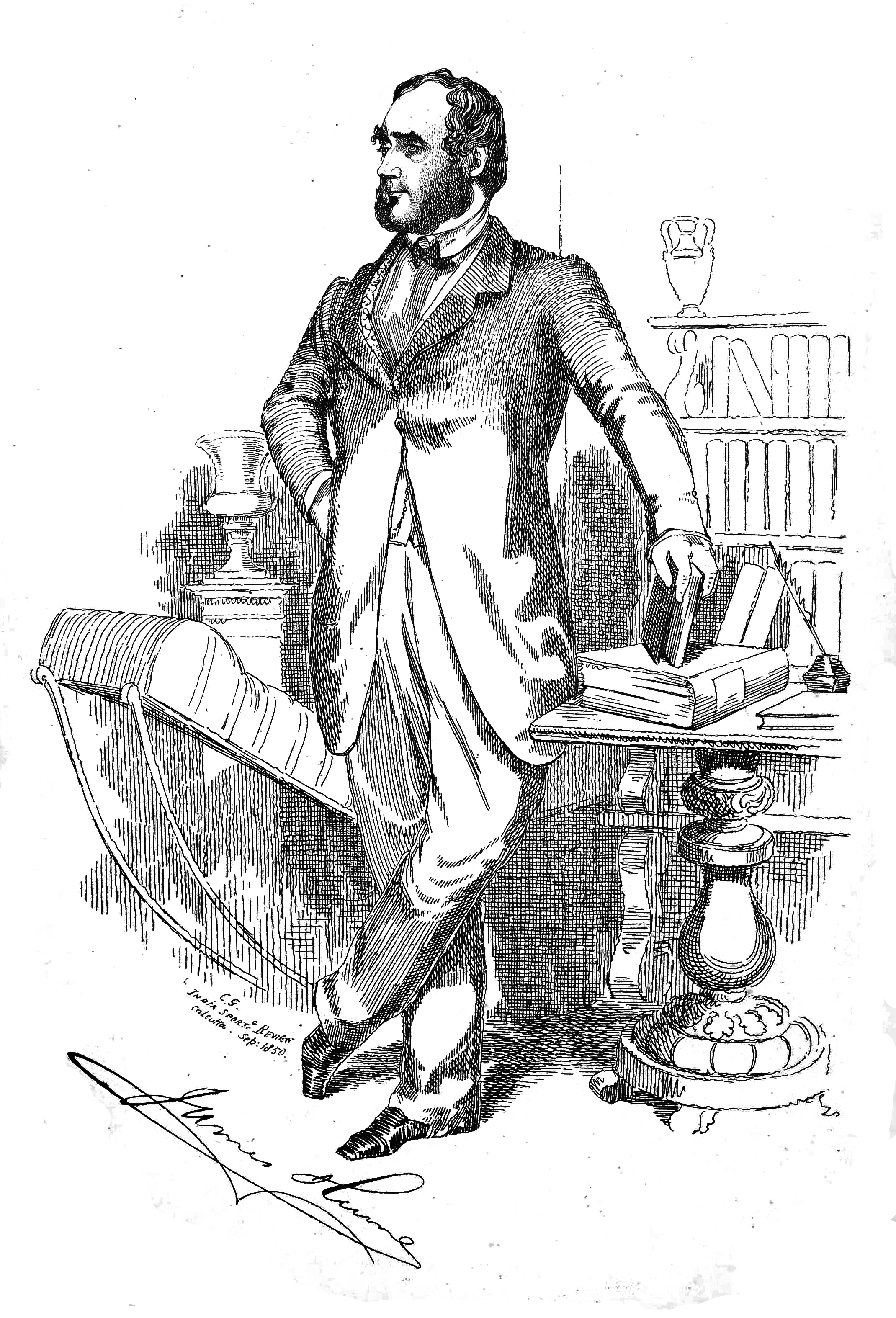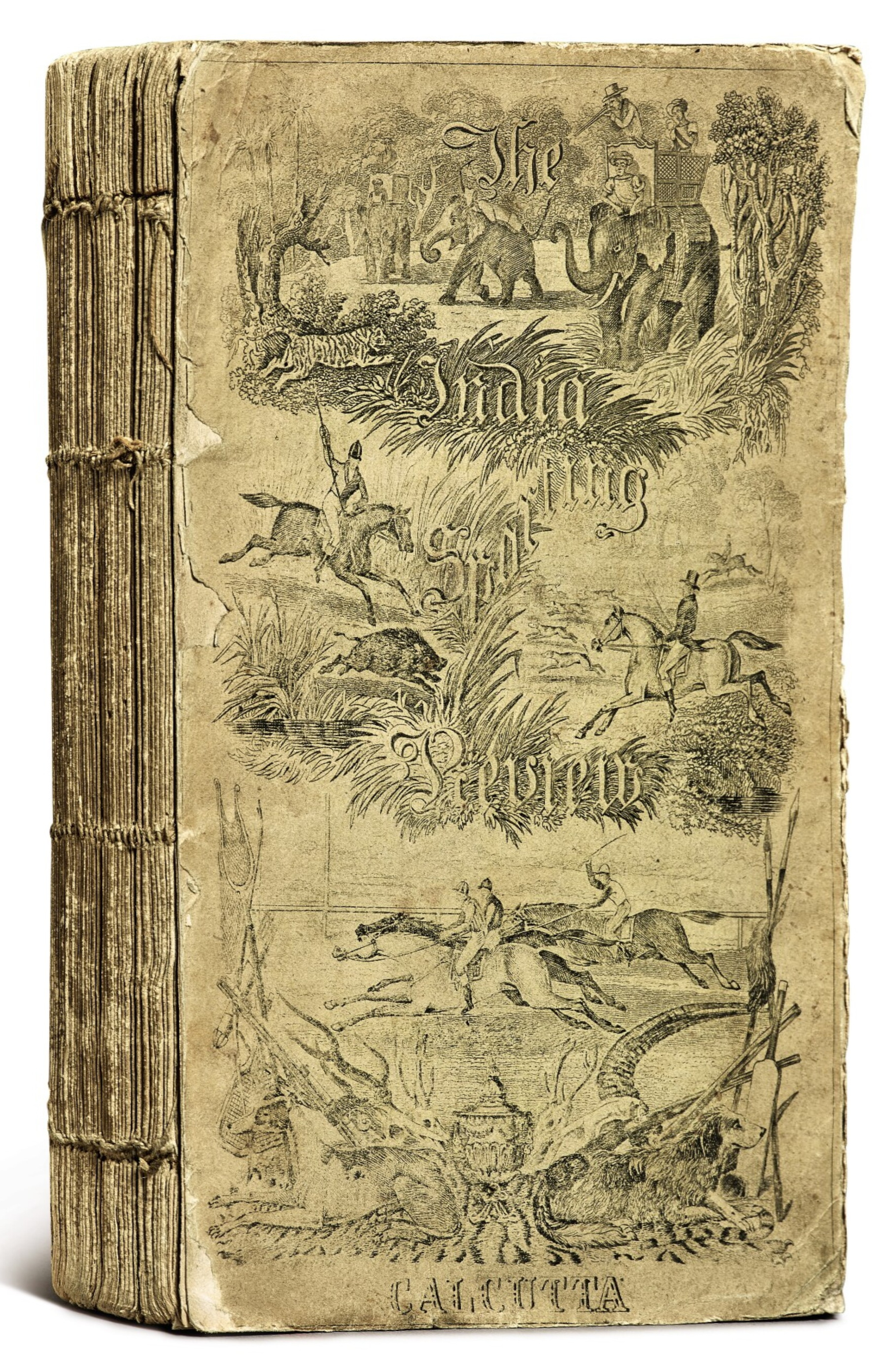 |
| "As a matter of fact ornithology was Englishman's pastime, the British army persons and wine merchants introduced it to India" (sic) - K. N. Narayana Murthy, 1996 |
I came across this rather curious work with ink-blot based art work that was gifted to Zafar Futehally. What struck me was on one of the first few pages, not the ink-blot, but the commentary, short, simplistic, a mixture of truths and inaccuracies (almost Twitter-esque) which cried for a careful examination. Parts of it are true, indeed ornithology as defined and practiced in its dominant form is indeed not something that Indians have been used to doing. Certainly not the collection and preservation of specimens from across the world, their placement in museums with careful labels, the publication of books and journals, the description of species, their naming or the formation of ornithological societies. So, in a sense those practices of ornithology, where they may exist in India in tenuous avatars, have indeed been imported. Wine merchants being the primary agents is a bit of a stretch (the reference is of course to H.M. Phipson who was involved in establishing the BNHS and perhaps the author knew of W.S Millard who also happened to work with Phipson's wine company. There was also an S.L. Whymper in Nainital who was involved in the brewing industry.). But it is true that early Indian participants in ornithology were those who were close to the English circles, local princes, or nobles who were often educated abroad. This did of course help make ornithology in India into a subject associated with elitism. There is a recent book dealing with ornithology in Japan which also seems to have had a similar history.
The ornithological literature in English (like many other field-based sciences, but not as much as say geology) is littered with words imported from other languages. Surprisingly, two terms that are fairly well-known, and from the Indian region are in fact not introductions made by the ornithological elite. The dho gaza (दो गज़ = 2 square yards) and the bal-chattri (बाल छत्री, which was incorrectly translated as a child's umbrella, but now known to refer to the horsehair noose used in it) are traps used in bird study. Both of these come from indigenous naturalists (in the broad sense). The earliest use and origins of these terms is unknown but should say something about the native knowledge in bird trapping and bird behaviour that existed (much has been lost, with those professions are now sadly officially criminalized).
 |
| A comment and note by Lakshmishwar Sinha in the Modern Review |
Now many naturalists in pre-Independence India who sought to make the study of the natural world around them acceptable, and not be an imitation of the English sahibs around them, had a struggle. Surprisingly we (or at least I) know so little about these authors or their works. Some exceptions exist, for instance we know of M. Krishnan who wrote both in Tamil and English. There were others who wrote solely in the local language and nobody has really brought together a compilation of these works (since it needs information from far and wide). I recently heard about one Gujarati work and decided that I should try and compile over time a list of native natural history works (I am skipping works of poetry or prose that merely express beauty). I am most interested in hearing from any readers about books or authors in any Indian language (English included but I am skipping well-known field-guides - such as the works of Salim Ali) and extending up to the pre-internet era. The situation changed with the internet and the relative ease of producing content has led to many translated and derivative works which are best excluded for now. I will update the list below as and when I receive notes.






